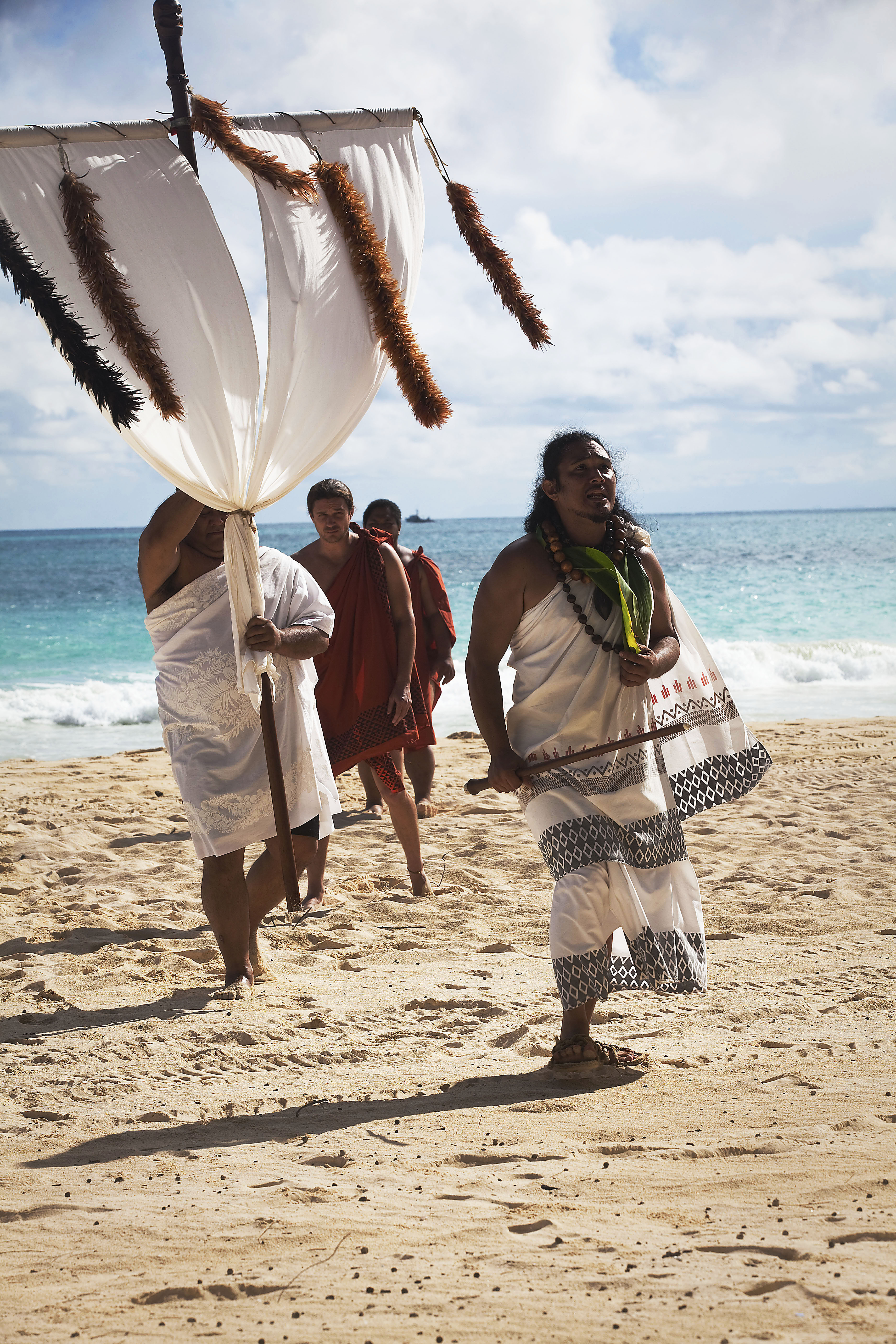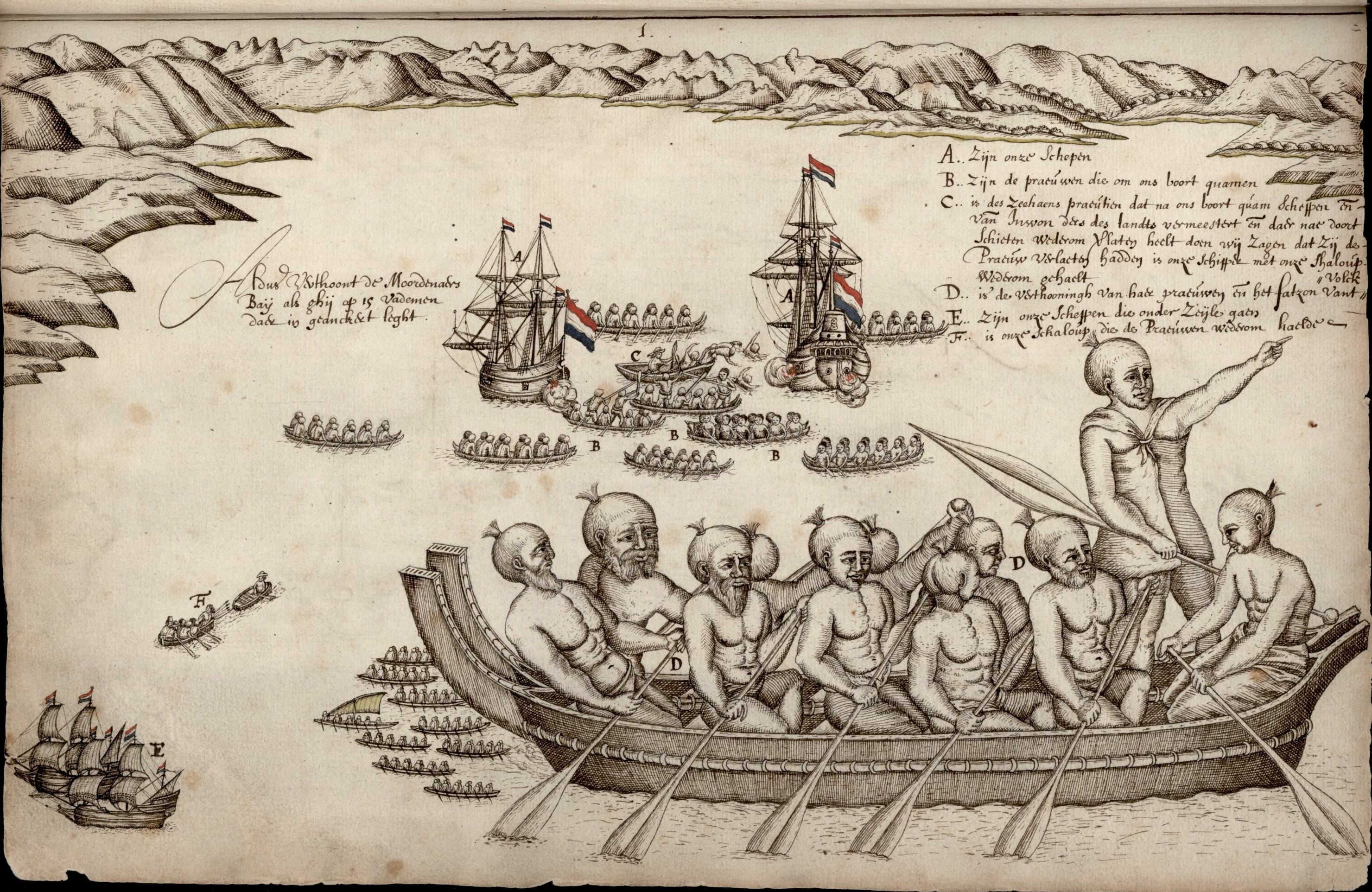|
Tohunga
In the culture of the Māori people, Māori of New Zealand, a tohunga (tōhuka in Southern Māori dialect) is an expert practitioner of any skill or art, either religious or otherwise. Tohunga include expert priests, healers, navigators, carvers, builders, teachers and advisors. A tohunga may have also been the head of a whānau (family) but quite often was also a rangatira (chief) and an ariki (noble).Mead, S. M. (1997). ''Landmarks, bridges and visions: Essays''. Wellington, New Zealand: Victoria University Press. (p. 197). The equivalent and cognate in Hawaiian culture is ''kahuna'', tahu'a in Tahitian. Callings and practices There are many classes of tohunga (Best 1924:166) including: *Tohunga ahurewa: highest class of priest *Tohunga matakite: foretellers of the future *Whakairo, Tohunga whakairo: expert carvers *Māori traditional textiles, Tohunga raranga: expert weavers *Tohunga tātai arorangi: experts at reading the stars *Tohunga kōkōrangi: expert in the study of ce ... [...More Info...] [...Related Items...] OR: [Wikipedia] [Google] [Baidu] |
Tohunga Suppression Act 1907
The Tohunga Suppression Act 1907 was an Act of the New Zealand Parliament aimed at replacing tohunga as traditional Māori healers with western medicine. It was introduced by James Carroll who expressed impatience with what he considered regressive Māori attitudes, as he was worried those attitudes would isolate Māori. Officials had been concerned for years about the sometimes dangerous practices of tohunga. The Act was introduced in part to target Māori self-proclaimed prophet, faith healer and land rights activist Rua Kenana, but it was never used against him. It was praised by many influential Māori at the time, including Māui Pōmare and all four Māori MPs ( Āpirana Ngata, Hōne Heke Ngāpua, Tame Parata and Henare Kaihau). According to Willie Jackson, the prevailing concern raised by Ngata was the harm arising from improper medical practices, rather than the destruction of mātauranga Māori. The Act The Act contained only four clauses, the first of which si ... [...More Info...] [...Related Items...] OR: [Wikipedia] [Google] [Baidu] |
Tā Moko
' is the permanent marking or tattooing as customarily practised by Māori, the indigenous people of New Zealand. It is one of the five main Polynesian tattoo styles (the other four are Marquesan, Samoan, Tahitian and Hawaiian). (tattooists) were considered ', or inviolable and sacred. Historical practice (pre-contact) Tattoo arts are common in the Eastern Polynesian homeland of the Māori people, and the traditional implements and methods employed were similar to those used in other parts of Polynesia. In pre-European Māori culture, many if not most high-ranking persons received . ''Moko'' were associated with ''mana'' and high social status; however, some very high-status individuals were considered too ''tapu'' to acquire ''moko'', and it was also not considered suitable for some ''tohunga'' to do so. Receiving constituted an important milestone between childhood and adulthood, and was accompanied by many rites and rituals. Apart from signalling status and rank, an ... [...More Info...] [...Related Items...] OR: [Wikipedia] [Google] [Baidu] |
Māori Culture
Māori culture () is the customs, cultural practices, and beliefs of the Māori people of New Zealand. It originated from, and is still part of, Polynesians, Eastern Polynesian culture. Māori culture forms a distinctive part of Culture of New Zealand, New Zealand culture and, due to a large diaspora and the incorporation of Māori motifs into popular culture, it is found throughout the world. Within Māoridom, and to a lesser extent throughout New Zealand as a whole, the word is often used as an approximate synonym for Māori culture, the Māori language, Māori-language suffix being roughly equivalent to the qualitative noun-ending ''-ness'' in English. has also been translated as "[a] Māori way of life." The term , meaning the guiding beliefs and principles which act as a base or foundation for behaviour, is also widely used to refer to Māori cultural values. Four distinct but overlapping cultural eras have contributed Māori history, historically to Māori culture: * b ... [...More Info...] [...Related Items...] OR: [Wikipedia] [Google] [Baidu] |
Māori People
Māori () are the Indigenous peoples of Oceania, indigenous Polynesians, Polynesian people of mainland New Zealand. Māori originated with settlers from East Polynesia, who arrived in New Zealand in several waves of Māori migration canoes, canoe voyages between roughly 1320 and 1350. Over several centuries in isolation, these settlers developed Māori culture, a distinct culture, whose language, mythology, crafts, and performing arts evolved independently from those of other eastern Polynesian cultures. Some early Māori moved to the Chatham Islands, where their descendants became New Zealand's other indigenous Polynesian ethnic group, the Moriori. Early contact between Māori and Europeans, starting in the 18th century, ranged from beneficial trade to lethal violence; Māori actively adopted many technologies from the newcomers. With the signing of the Treaty of Waitangi, Treaty of Waitangi/Te Tiriti o Waitangi in 1840, the two cultures coexisted for a generation. Rising ten ... [...More Info...] [...Related Items...] OR: [Wikipedia] [Google] [Baidu] |
Kahuna
Kahuna (; ) is a Hawaiian word that refers to an expert in any field. Historically, it has been used to refer to doctors, surgeons and dentists, as well as priests, ministers, and sorcerers. Background A may be versed in agriculture,Archived aGhostarchiveand thWayback Machine canoe building, or any other skill or knowledge area. They may be called on by the community to bless new buildings and construction projects or to officiate weddings. Forty types of are listed in the book ''Tales from the Night Rainbow'', twenty in the healing professions alone, including , a medical priest or practitioner, and , "an expert who diagnoses, as sickness or pain, by feeling the body". There are several categories of . A ''craft kahuna'', such as the is an expert canoe maker, and a is an expert navigator. A is a "medical doctor, medical practitioner, rhealer. ". (Page 114 in print document, p. 144 in electronic) ''Kahuna nui'' According to Fornander, there are ten colleges or b ... [...More Info...] [...Related Items...] OR: [Wikipedia] [Google] [Baidu] |
Taonga Pūoro
Taonga pūoro are the traditional musical instruments of the Māori people of New Zealand. The instruments previously fulfilled many functions within Māori society including a call to arms, dawning of the new day, communications with the gods and the planting of crops. They are significant in sacred ritual and also fulfill a story-telling role. Many of the sounds of the instruments and tunes are imitations of the sounds of nature, including the wind, the seas and the natural world of birds and insects. Knowledge of taonga pūoro has been revived over the past thirty years by Hirini Melbourne, Richard Nunns, Brian Flintoff and expert stone carver Clem Mellish. Cultural placement Classifications Taonga pūoro and their uses and classifications are intimately connected with Māori culture and religious practice. The instruments are all part of the families of the gods, and their classifications are directly related to the gods and the creation story where "The Gods sang the Univ ... [...More Info...] [...Related Items...] OR: [Wikipedia] [Google] [Baidu] |
Māori Mythology
Māori mythology and Māori traditions are two major categories into which the remote oral history of New Zealand's Māori people, Māori may be divided. Māori myths concern tales of supernatural events relating to the origins of what was the observable world for the pre-European Māori, often involving gods and demigods. Māori tradition concerns more folkloric legends often involving historical or semi-historical forebears. Both categories merge in to explain the overall origin of the Māori and their connections to the world which they lived in. The Māori did not have a writing system before European contact, beginning in 1769, therefore they relied on oral retellings and recitations memorised from generation to generation. The three forms of expression prominent in Māori and Polynesian oral literature are genealogical recital, poetry, and narrative prose. Experts in these subjects were broadly known as . The rituals, beliefs, and general worldview of Māori society were ... [...More Info...] [...Related Items...] OR: [Wikipedia] [Google] [Baidu] |
Whitcombe And Tombs
Whitcoulls 2011 Limited, or simply Whitcoulls, is a major New Zealand book, stationery, gift, games and toy retail chain. Formerly known as Whitcombe & Tombs, it has 54 stores nationally. Whitcombe & Tombs was founded in 1888, and Coulls Somerville Wilkie in 1871. The companies merged in 1971 to form Whitcoulls. Coulls Somerville Wilkie Coulls Somerville Wilkie had its origins in Coull Bros, founded in Dunedin in 1872 by brothers Thomas, William, and James Francis Coull. A printing and publishing company, it operated from Crawford Street to the south of the city centre.. Through merger and partnership, its name changed several times before becoming Coulls, Culling & Co. Ltd., a name under which it traded from 1902 until 1922.Business series 2a: Manufacturing " ''Friends of the Hocken ... [...More Info...] [...Related Items...] OR: [Wikipedia] [Google] [Baidu] |
Museum Of New Zealand Te Papa Tongarewa
The Museum of New Zealand Te Papa Tongarewa is New Zealand's national museum and is located in Wellington. Usually known as Te Papa ( Māori for ' the treasure box'), it opened in 1998 after the merging of the National Museum of New Zealand and the National Art Gallery. An average of more than 1.1 million people visit every year, making it the 58th-most-visited art gallery in the world in 2023. Te Papa operates under a bicultural philosophy, and emphasises the living stories behind its cultural treasures. History Colonial Museum The first predecessor to Te Papa was the Colonial Museum, founded in 1865, with Sir James Hector as founding director. The museum was built on Museum Street, roughly in the location of the present day Defence House Office Building. The museum prioritised scientific collections but also acquired a range of other items, often by donation, including prints and paintings, ethnographic curiosities, and items of antiquity. In 1907, the Colonial Muse ... [...More Info...] [...Related Items...] OR: [Wikipedia] [Google] [Baidu] |
Elsdon Best
Elsdon Best (30 June 1856 – 9 September 1931) was an ethnographer who made important contributions to the study of the Māori of New Zealand. Early years Elsdon Best was born 30 June 1856 at Tawa Flat, New Zealand, to William Best and the former Hannah Haynes Nibbs. When his father obtained a position at the Colonial Treasury, the family moved from its farmstead at Grasslees Farm to Wellington, where Best, aged 9, went to school. After completing his formal education, he took and passed the Civil Service examination and became a clerk in 1873. Within a year he found the work uncongenial and moved to Poverty Bay, where he worked in farming and forestry. In 1881 Best joined the Armed Constabulary. Based in the Taranaki at a time of increased tensions between the Māori and the colonial settlers in the area, he became involved in the arrests of protesters. Through the influence of his brother-in-law, Walter Gudgeon, he transferred to a Māori contingent and later that year he ... [...More Info...] [...Related Items...] OR: [Wikipedia] [Google] [Baidu] |






